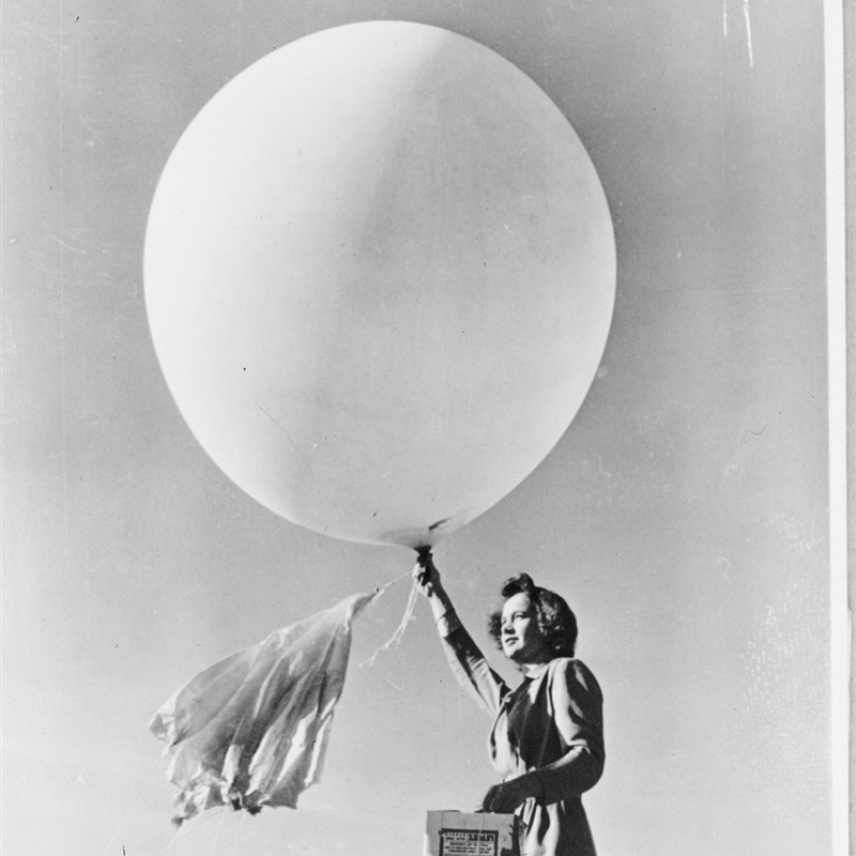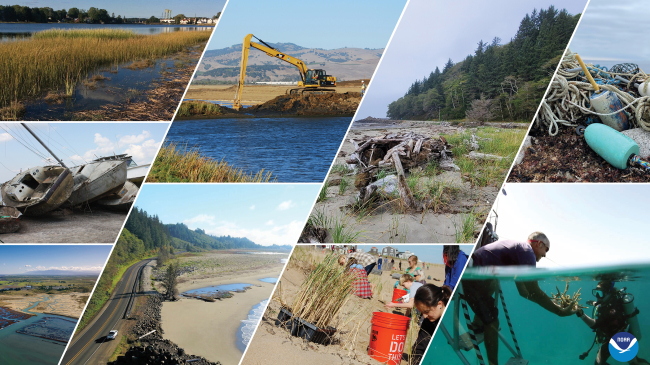Lighthouses have guided mariners safely through treacherous coastlines, shoals, reefs, and rocks for more than 2,000 years. Although we have partially replaced them with newer technology, these beacons of light remain ingrained in our nation’s—and NOAA’s—heritage.
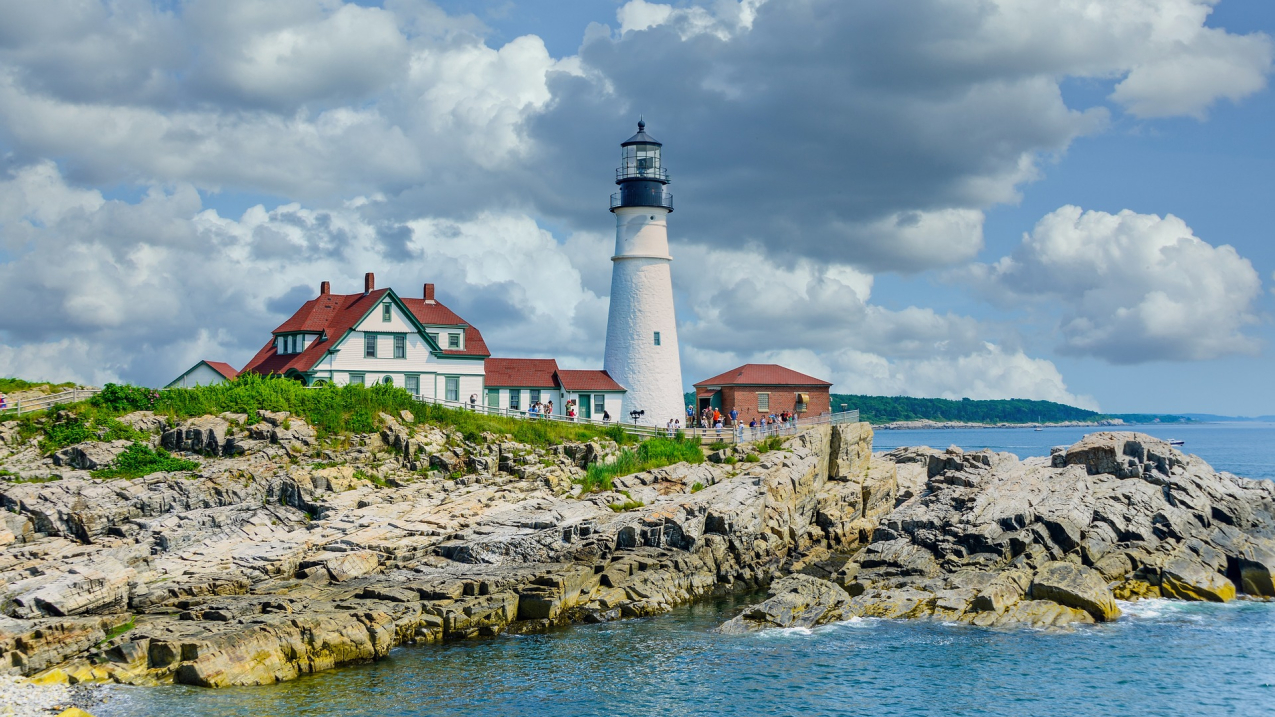
Portland Head Light in Cape Elizabeth, ME. (Image credit: Mohan Nannapaneni, Pixabay)
Lighthouses for Sale
The U.S. government is letting go of many of its lighthouses. The National Historic Lighthouse Preservation Act of 2000 allows for the transfer of federally owned lighthouses to other federal agencies, State and local governments, nonprofit corporations, educational agencies, and community development organizations at no cost. These organizations must maintain the lighthouses and make them available to the public. Lighthouses that are not claimed by one of these organizations may be auctioned off to members of the public.
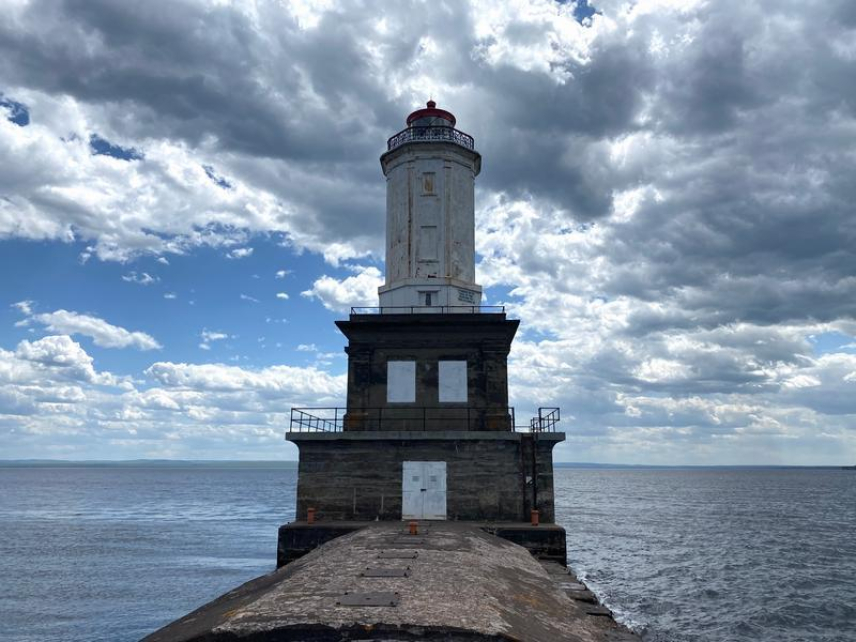
Lighthouses for Sale
The U.S. government is letting go of many of its lighthouses. The National Historic Lighthouse Preservation Act of 2000 allows for the transfer of federally owned lighthouses to other federal agencies, State and local governments, nonprofit corporations, educational agencies, and community development organizations at no cost. These organizations must maintain the lighthouses and make them available to the public. Lighthouses that are not claimed by one of these organizations may be auctioned off to members of the public.

1. Historic lighthouse gone but not forgotten for Pacific fisheries researchers
In 1875, the U.S. Lighthouse Board erected the Point Adams lighthouse on the sand dunes near the mouth of the Columbia River in Oregon. Because of all the hazards it presented to ships and their navigation, this area was known as the “Graveyard of the Pacific.” It was built to be the sister of the Cape Disappointment lighthouse, which is today the oldest operating lighthouse on the Pacific coast. The Point Adams Life-Saving Station was built downriver of the lighthouse in 1889 by the U.S. Life-Saving Service, which later became part of the U.S. Coast Guard. It was the first such station in Oregon. The lighthouse, which was constantly repaired due to its exposure to harsh weather conditions, was demolished in 1912. In 1967, the U.S. Coast Guard decommissioned the Life-Saving Station and the U.S. Bureau of Fisheries (soon to be part of NOAA) moved in, renaming the facility the Point Adams Biological Field Station. An original boathouse added in 1889 still stands today and is an attraction for visitors to that area. In fact, lighthouse enthusiasts who visit the boathouse can receive two U.S. Lighthouse Society passport stamps at the Astoria Maritime Museum.
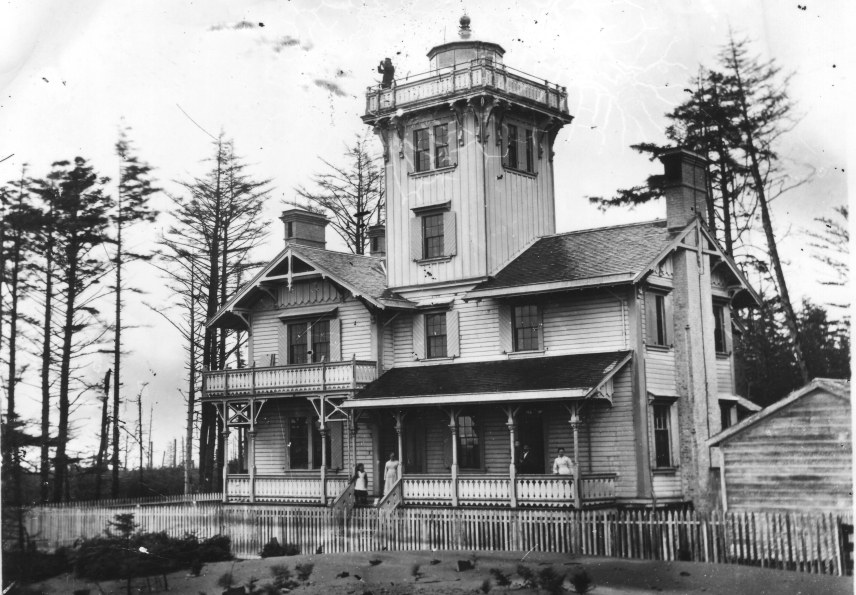
2. Fisheries science started in a Lighthouse Board shed
In 1871, the U.S. Fish Commission needed a place to house a marine research lab, so they borrowed a shed on the shore of Little Harbor in Woods Hole, Massachusetts from the Lighthouse Board. In 1875, the commission turned that small shed into a 2-story building with a windmill that pumped sea water in for their research aquaria. The first floor was dedicated to the study of fish and the second was for researching invertebrates. There was also a small relaxation and socializing area known as the “Shark's Parlor.” NOAA’s National Marine Fisheries Service still has a large research center in Woods Hole, which houses the country’s oldest public aquarium.
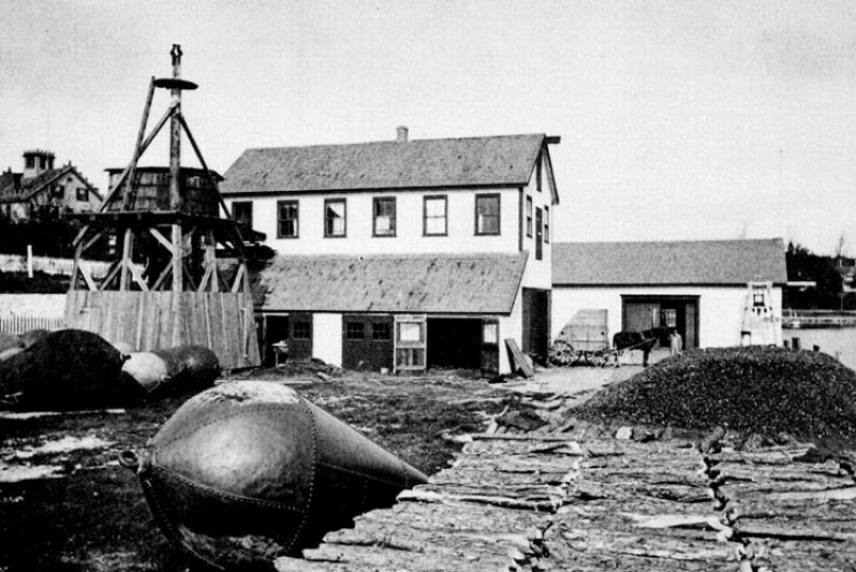
3. Historic lighthouses are now home to advanced scientific instruments
Lighthouses are tall and beautiful, but they also house NOAA science. For example, NOAA’s Great Lakes Environmental Research Laboratory, in partnership with the Great Lakes Evaporation Network, has an observational network of real-time meteorological stations called the “Great Lakes Meteorological Real-Time Coastal Observation Network” (ReCON). ReCON uses equipment on lighthouses and buoys around the Great Lakes to collect meteorological data like evaporation observations that is then made available to state, federal, and university researchers, educators and resource managers.
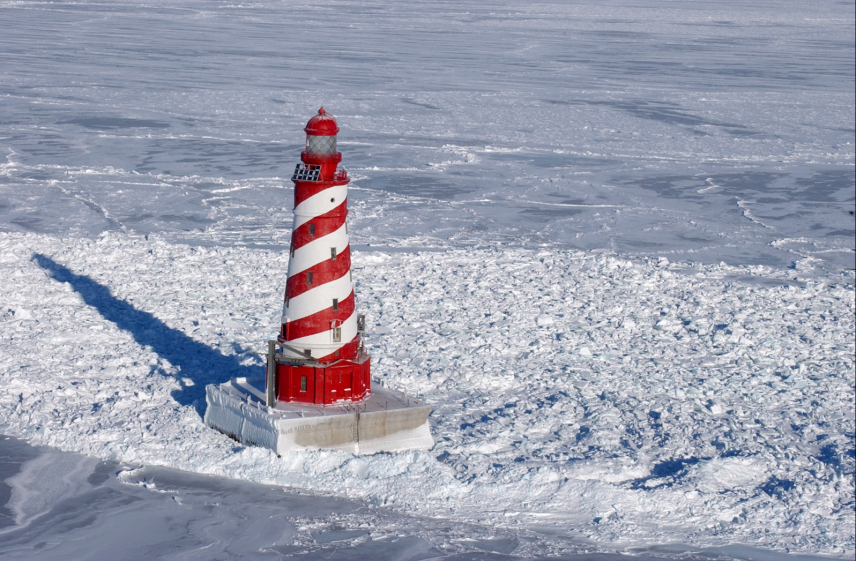
4. Sentinels stand tall by national marine sanctuaries
NOAA’s national marine sanctuaries are often located near lighthouses.These lighthouses usually offer historic information about the area and sometimes include information on the local marine sanctuary, as well. Both the Cape Hatteras Lighthouse and the Cape Lookout Lighthouse are part of Monitor National Marine Sanctuary’s Outer Banks Maritime Heritage Trail. Greater Farallones National Marine Sanctuary has at least three nearby lighthouses, Point Arena Lighthouse, Point Bonita Lighthouse and Pigeon Point Light Station, all of which can be found on the sanctuary’s tour of the California coast. Thunder Bay National Marine Sanctuary boasts no less than four lighthouses on their Great Lakes Maritime Heritage Trail. Other NOAA National Marine Sanctuaries also have nearby lighthouses, including Monterey Bay and Florida Keys national marine sanctuaries.
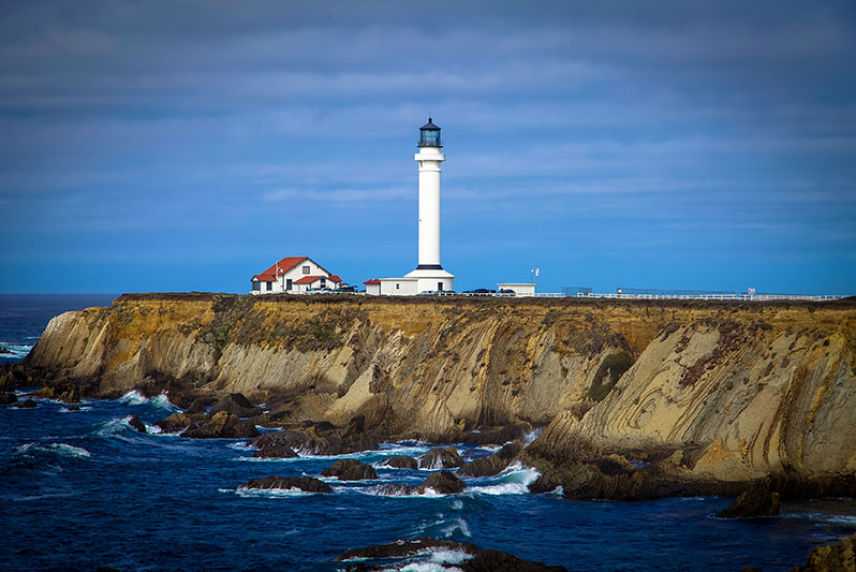
5. Lighthouses are susceptible to climate change
Today, many U.S. lighthouses are threatened due to severe weather events and rising sea levels caused by climate change. The damage caused by this has forced lighthouse preservationists to move their lights inland or shore up the structures. Some defunct lighthouses now have crumbling walls and unstable foundations. Local nonprofits often attempt to save them for their historical value.
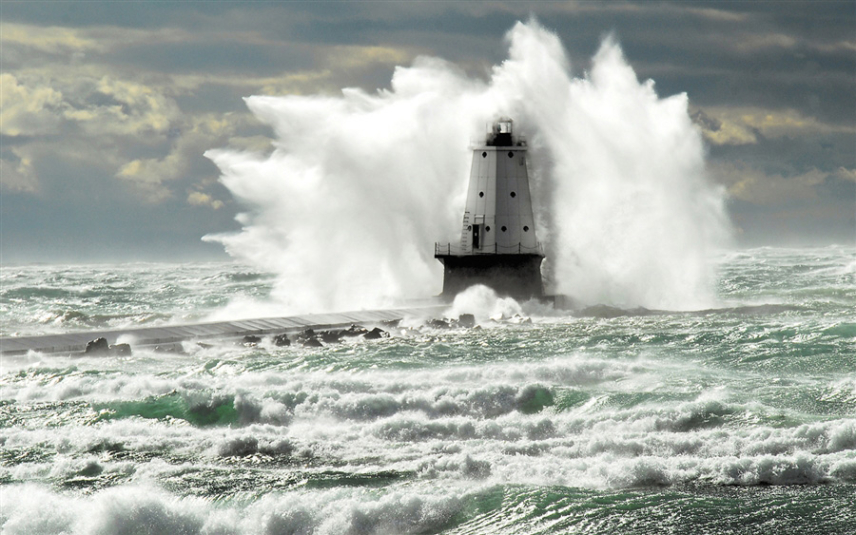
Related Features //
Lighthouses for Sale
The U.S. government is letting go of many of its lighthouses. The National Historic Lighthouse Preservation Act of 2000 allows for the transfer of federally owned lighthouses to other federal agencies, State and local governments, nonprofit corporations, educational agencies, and community development organizations at no cost. These organizations must maintain the lighthouses and make them available to the public. Lighthouses that are not claimed by one of these organizations may be auctioned off to members of the public.





